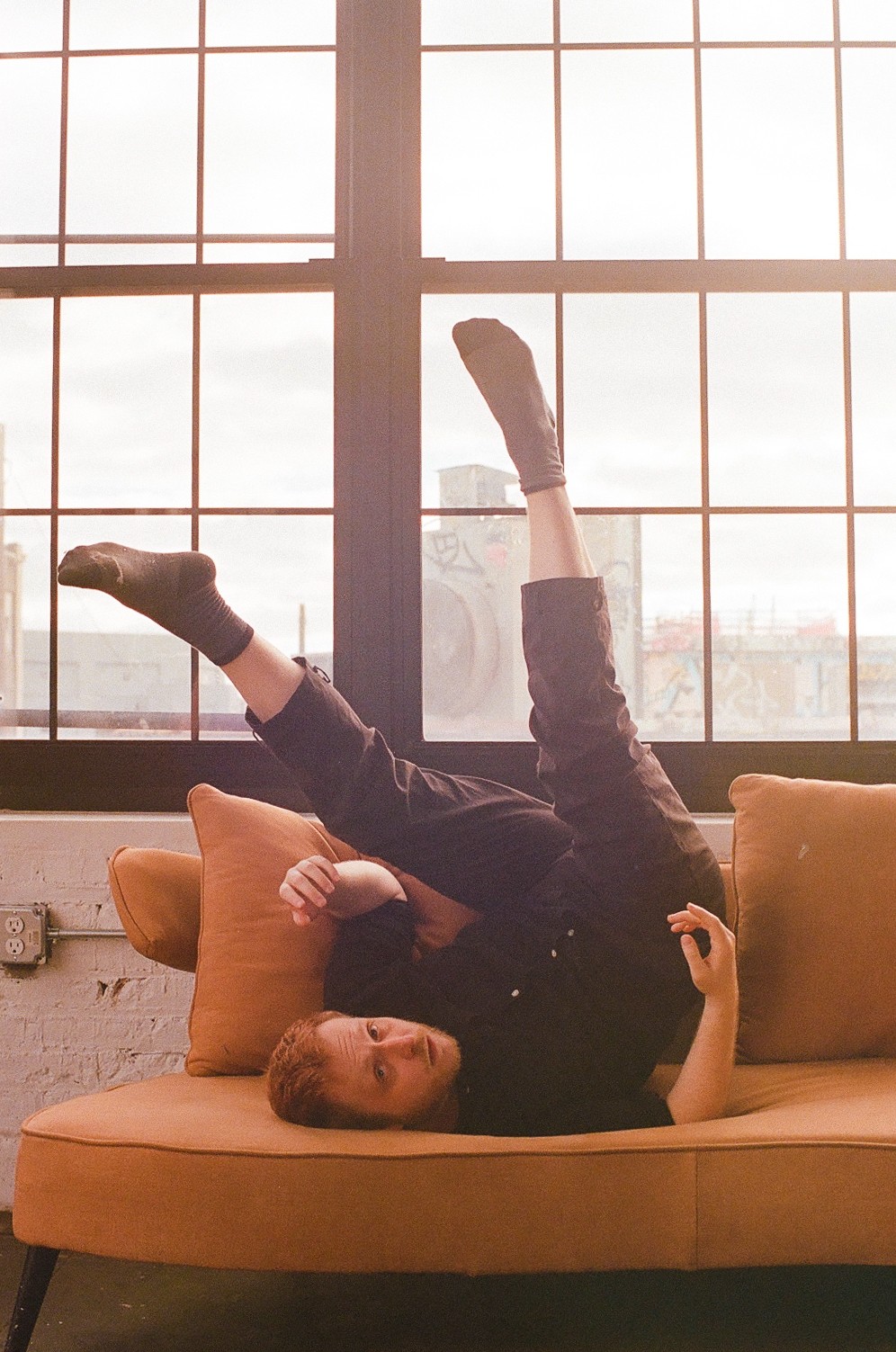We caught up with the brilliant and insightful Teddy Tedholm a few weeks ago and have shared our conversation below.
Teddy, looking forward to hearing all of your stories today. Can you open up about a risk you’ve taken – what it was like taking that risk, why you took the risk and how it turned out?
As an artist, I think it’s all risk. You have to take risks to find ways to put your work out there and you need to take a chance to believe in yourself enough to make it happen. Every time I create a new work I set out a budget and plan and work hard to try to secure funding to meet that budget. Sometimes the work still happens without raising the funding, other times we meet our fundraising goal.
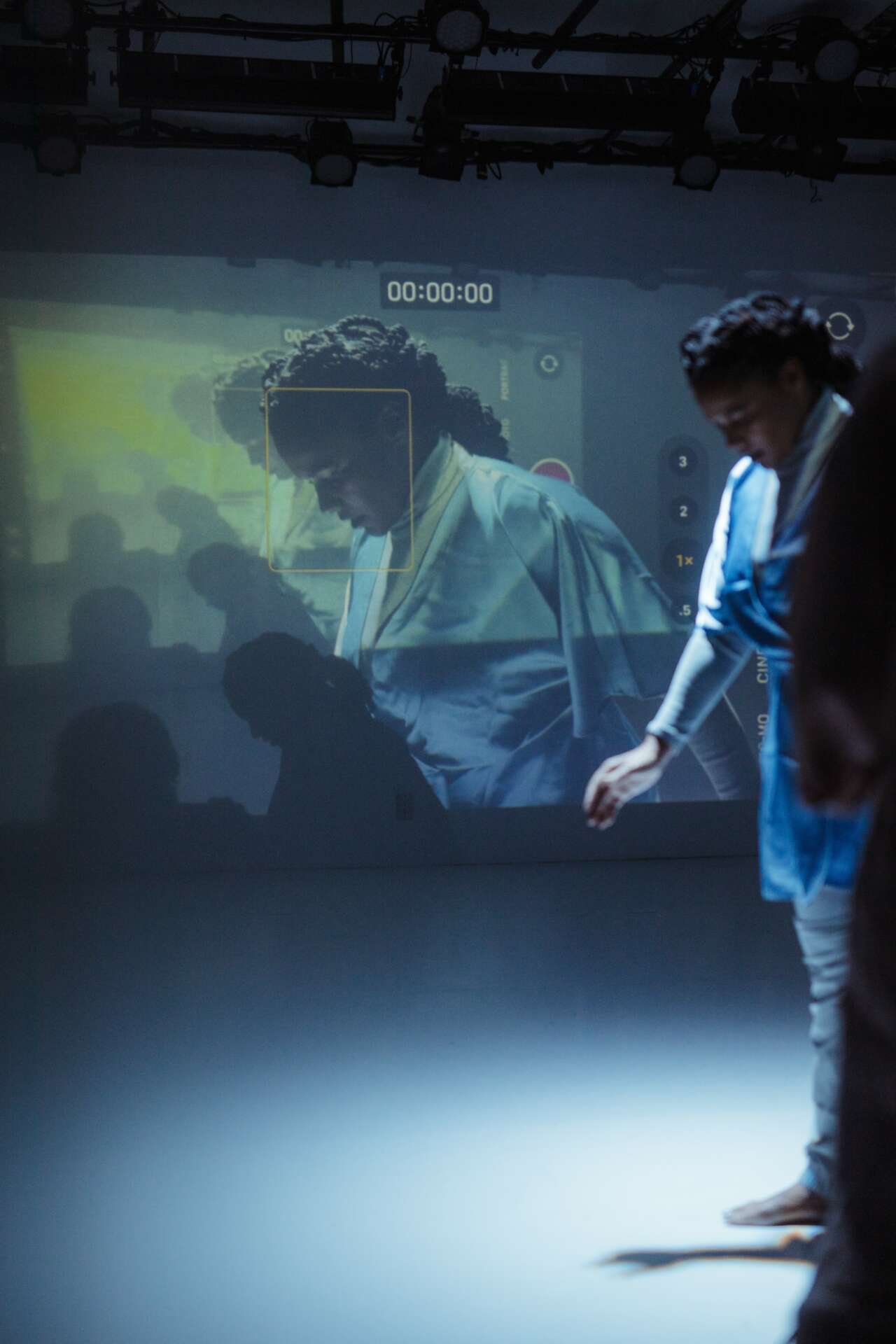
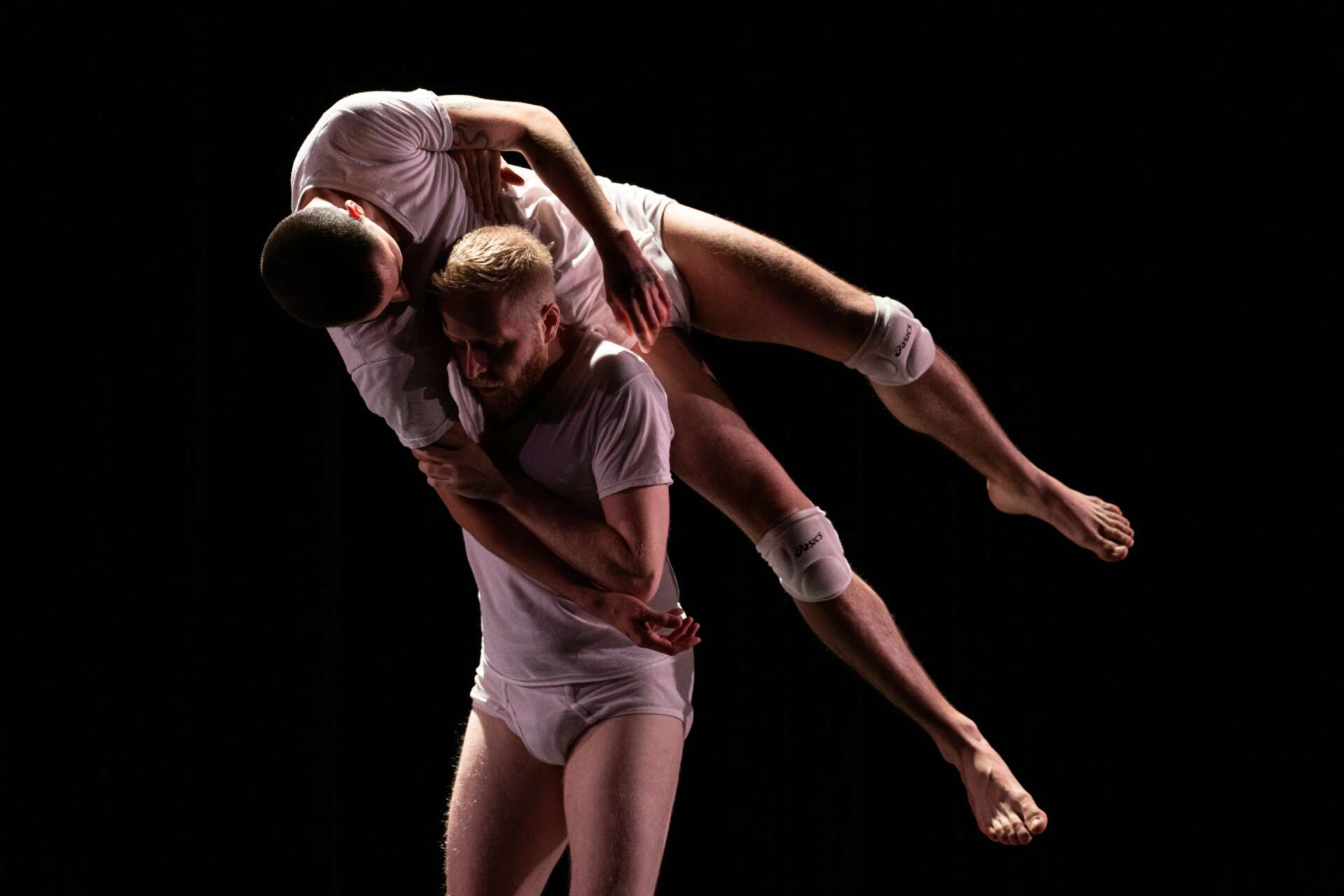
Awesome – so before we get into the rest of our questions, can you briefly introduce yourself to our readers.
I’m a choreographer, dancer, and dance instructor based out of NYC who has worked with artists as varied as Deborah Hay, Netta Yerushalmy, Kate Sicchio, Erica Sobol, Sidra Bell, Douglas Becker, Julie Mayo, and many others. Since receiving a BFA in Ballet from University of the Arts, I have presented work throughout the country live and on film to great acclaim. In 2021, I received the Ardsley Online Choreographic Fellowship through the Dance Gallery Festival and a grant from the New York City Artists Corps. I have created work in residence at Emma Dior Studios in Quebec, Flux+Flow in Columbus, GALLIM in Brooklyn, Mes Hall in Mount Vernon, and many others. In addition to being nominated for a “World Dance Award” for best Concert Performance, my work has been described by Dance Magazine as “anything but conventional,” by Dance Informa as “totally mesmerizing,” and as “eye popping” by the Boston Globe.
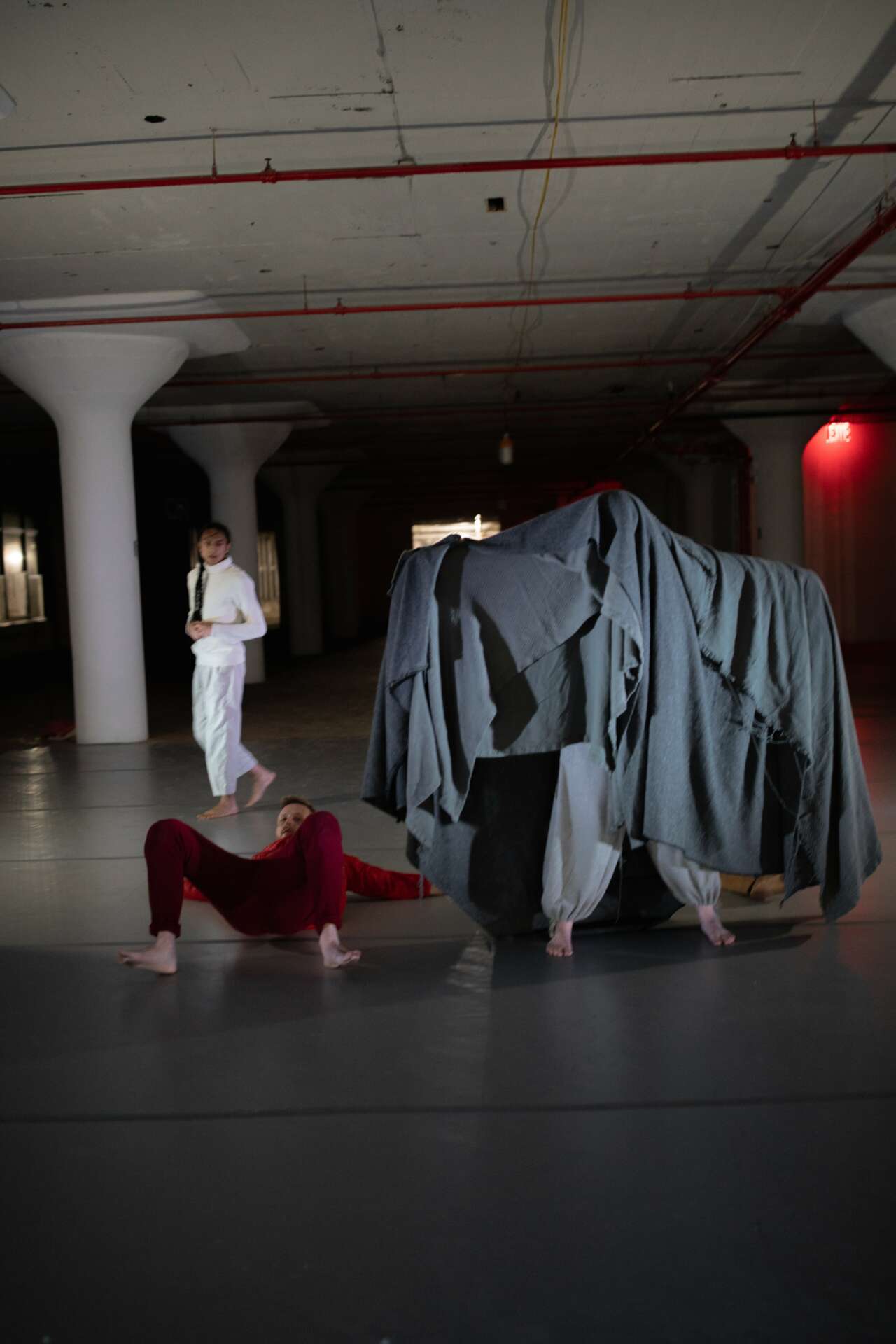
In your view, what can society to do to best support artists, creatives and a thriving creative ecosystem?
Society’s support of artists is directly connected to society’s support of people in general. Setting aside the idea of more direct funding for artists, an increased minimum wage, affordable housing, affordable and effective healthcare, and general government support makes life easier for all people “on the fringes” which includes artists.
Artists are people who need downtime to imagine and create new things. I will never forget the feeling I had during the Covid-19 quarantine of suddenly having so much space in my brain because I was no longer consumed with trying to figure out how and where my next check would come from and how I could pay my bills. Predictably, this was followed by a period of extreme creative productivity.
In short, societal support for those who need help is societal support for artists.
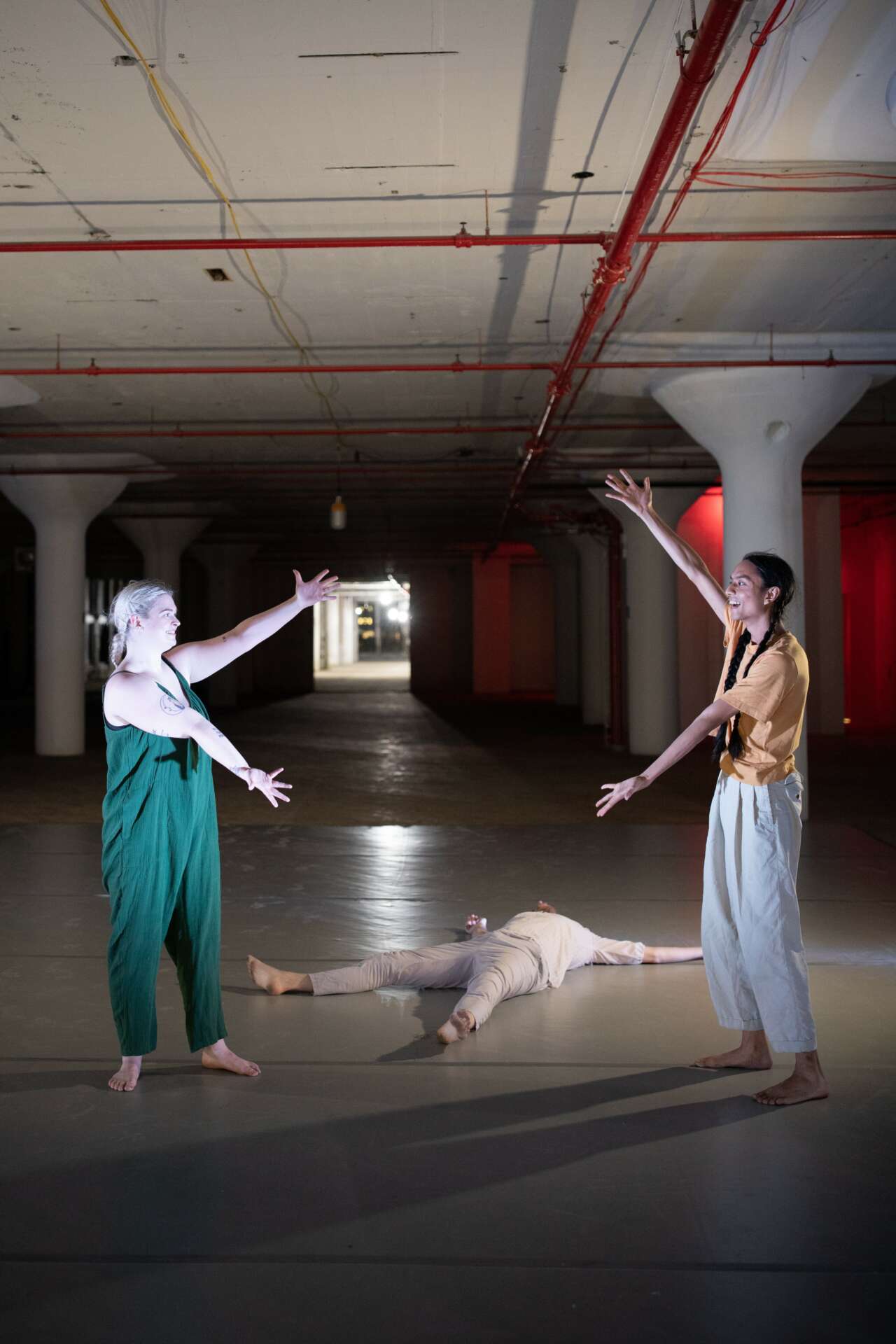
Is there something you think non-creatives will struggle to understand about your journey as a creative? Maybe you can provide some insight – you never know who might benefit from the enlightenment.
It can be very hard to explain to “non-creatives” the non-linear path of a creative career. Most people work in an office and climb a ladder and even receive clear and constant feedback on their performance. They know where they stand and how they are doing in the grand scheme of their business and career. In a creative career “progress” looks different for everyone. From the outside it may seem like stagnation (from the inside it can feel that way too) but in reality a creative career is a war of attrition. Its the fortitude to press forward with your art with certainty in your ideas for as long as possible. A big thing may come but may not be followed by corresponding notions of success (financial security, notoriety, etc). It’s all a marathon with your eyes closed, where as a “non-creative” career is a hike on a marked path.


Contact Info:
- Website: www.teddytedholmdancer.com
- Instagram: @teddytedholm @tedtedperformancegroup
- Facebook: www.facebook.com/teddytedholm
- Twitter: @teddytedholm
- Youtube: youtube.com/teddytedholm
Image Credits
Lory Lyon, Jenna Maslechko, Joseph Lambert, and Mike Esperanza


